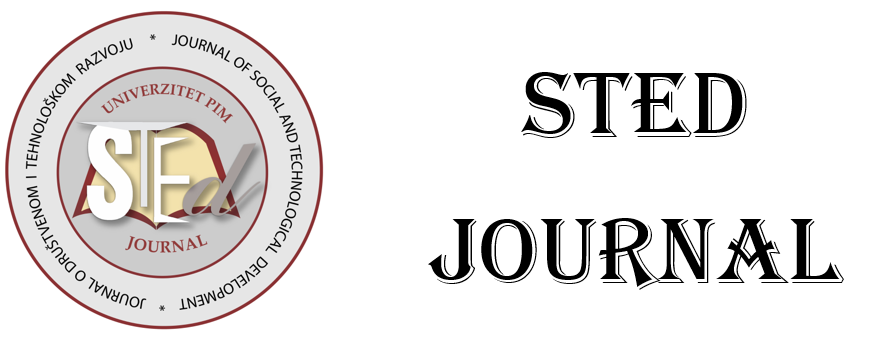Current issue

Volume 7, Issue 2, 2025
Online ISSN: 2637-2614
ISSN: 2637-2150
Volume 7 , Issue 2, (2025)
Published: 28.11.2025.
Open Access
All issues
Contents
30.05.2025.
Original scientific paper
ANALYSIS OF MARINE FUEL OIL PURIFIER EFFICIENCY, CHEMICAL ELEMENTS AND COMPOUNDS FOUND IN THEM
Ensuring the proper operation of a ship’s propulsion system necessitates the use of high-quality fuels. Several factors contribute to fuel quality, including the source of origin crude oil, refining methods, blending processes, and the quality of storage and distribution. Marine fuels must adhere to international standards such as ISO standards to be suitable for consumption on ships.
This article presents an analysis of over 6000 fuel samples obtained from two sample points within a purification system, conducted by independent laboratories. While all samples must meet the ISO 8217:2017 Standard for marine residual fuel before bunkering, this analysis focuses on elements with potentially harmful effects on marine engine systems. A comprehensive examination will be conducted, employing an inductive method to draw general conclusions about the current levels of abrasive impurities and other detrimental elements in fuels post-purification.
Specific attention will be given to elements like aluminium, silicon, vanadium, calcium, magnesium, lead, nickel, potassium, sodium, zinc, and phosphorus present in residual fuel oils. These elements, in certain forms or concentrations, pose challenges to marine engines. Testing conducted according to the IP 501 standard, utilizing inductively coupled plasma emission spectrometry, is essential to ensuring smooth engine operation and mitigating damages and associated costs caused by abrasive fines in the fuel oil.
Miroslav Vukičević, Zdravko Ikica, Boris Hrnčić, Vladan Vuković
30.05.2025.
Review scientific paper
MODELING A PURIFICATION SYSTEM FOR EFFICIENT REMOVAL OF ABRASIVE IMPURITIES
Aluminium and silicon particles in fuel known as “cat fines” are catalytic residues from the refinery process. They can cause mechanical damage to fuel pumps, injectors, piston rings and cylinder liners. They are very hard and highly abrasive, thus causing abrasive wear to main engine components. These impurities in marine fuel must be minimised to recommended levels. One of the main tasks of the fuel treatment plant on a ship is to separate solids and water from the fuel. Modern vessels are equipped with fuel separators which rotate at a high speed (more than 6,000 rev/min) producing centrifugal force and providing good separating effect even for small solid particles (Al+Si). Proper settling and regular drainage from the tanks, even when adequate filtration is applied, are not sufficient for proper fuel preparation. The quality of purifier operation varies over years because it is affected by a large number of factors. For the purpose of this paper, over twelve thousand fuel samples were analysed to determine the current efficiency of the purifiers and whether they can meet the stringent requirements of marine engine manufacturers. The data will be taken from a tanker ship, considering different operational scenarios. These scenarios are linked to the maximum possible fuel consumption on the ship during exploitation. Using the Simulink program for the system simulation, optimisation can be achieved in the operation of fuel separator. This optimization refers to the required amount of fuel and quality of separation, particularly concerning the removal of abrasive impurities.
Miroslav Vukičević, Boris Hrnčić, Zdravko Ikica, Vladan Vuković










